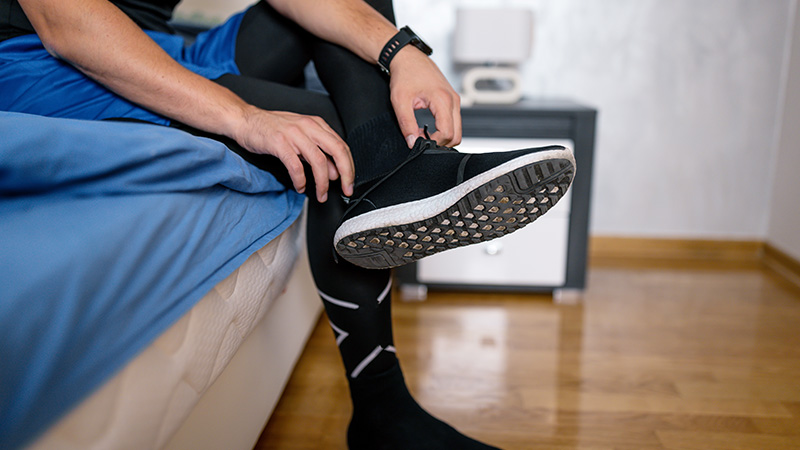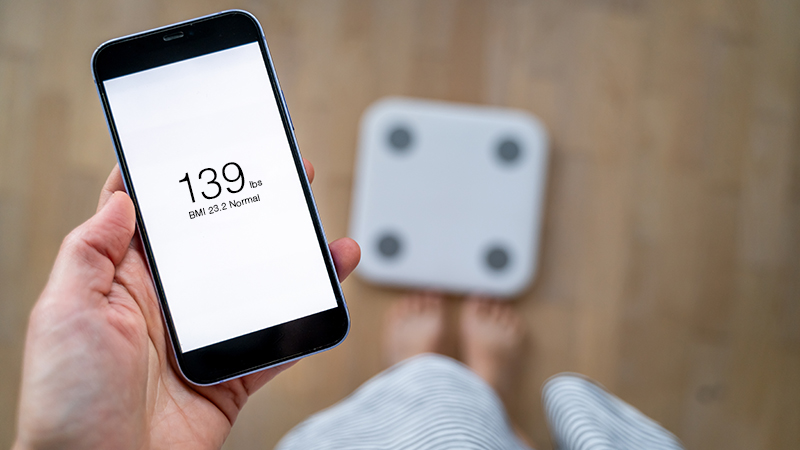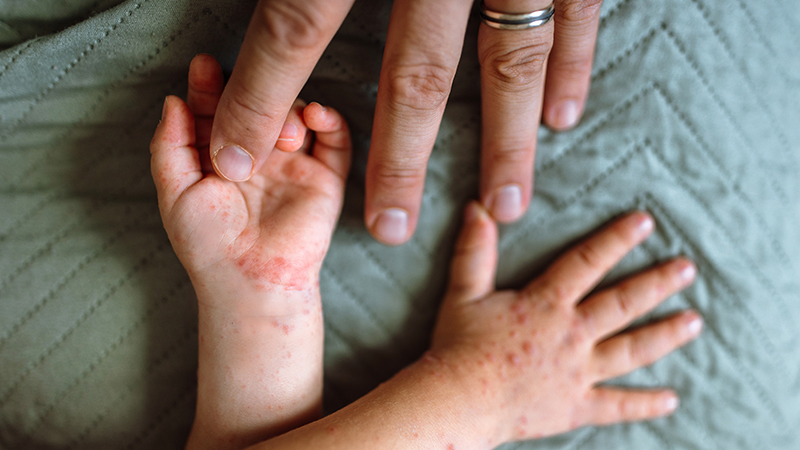The Differences in Stroke Symptoms Between Women and Men
Know All the Signs of Stroke
Updated April 2023
Although you may be familiar with the stroke symptoms in B.E. F.A.S.T. (balance issues, eyes [vision problems], face drooping, arm weakness, difficulty with speech, time to call 911) there are other important symptoms to recognize. What’s more, men and women* may experience and report stroke symptoms differently.
“When a blockage occurs in different areas of the brain, it can cause numbness, weakness, language dysfunction or unsteadiness,” says Paul E. Later, MD, a neurologist with Northwestern Medicine. “The symptoms will differ based on the different areas of the brain and its functions.”
Recognition is one of the best ways of intervening quickly.— Paul E. Later, MD
During a stroke, most people typically report a sudden onset of any of these symptoms:
- Numbness, weakness or paralysis in the face, arm or leg, especially on one side of the body
- Confusion, trouble speaking or trouble understanding
- Trouble seeing in one or both eyes
- Difficulty walking, dizziness, or loss of balance or coordination
- Severe headache with no known cause
Women may also report:
- Hiccups
- Nausea
- Chest pain
- Fatigue
- Shortness of breath
- A racing heartbeat
Women are also more likely than men to report generalized weakness and cognitive dysfunction as stroke symptoms.
“Most people don’t immediately associate these symptoms with a stroke,” explains Dr. Later. “Because the types of symptoms that some women experience are nonspecific, it often takes longer to recognize that a stroke is happening.”
In fact, research reports that women take three times longer than men to seek care for stroke because more women live alone and feel that they can manage their symptoms.
Women Have More Risk Factors
Smoking, high blood pressure, diabetes and high LDL cholesterol levels are major stroke risk factors for all people. However, there are risk factors unique to people assigned female at birth, including:
- Pregnancy: “During pregnancy, there are changes in the coagulation system that put you at increased risk for stroke,” says Dr. Later. This can result in blood clots, which can restrict blood flow to the brain and cause a stroke.
- Preeclampsia: Research shows that a history of preeclampsia, a condition characterized by high blood pressure during pregnancy, doubles a woman's risk of stroke later in life.
- Birth control pills: Oral contraceptives with a higher dose of estrogen are associated with increased risk of stroke.
- Migraine with aura: There is some connection between this and ischemic stroke (caused when an artery supplying blood to the brain is blocked), especially in women with other vascular risk factors.
- Atrial fibrillation. Although an irregular atrial heart rhythm puts anyone at a higher risk of stroke, it is more likely to cause stroke and more severe resulting complications in women.
“Some symptoms may not be noticed,” says Dr. Later. “If you’re confused and don’t recognize a deficit, it can have a significant impact on the time it takes to get help.” This, along with minimizing nonspecific symptoms or attributing them to something else, could affect how quickly women seek medical attention.
Consequently, Dr. Later stresses the importance of calling 911 as quickly as possible if you are experiencing any symptoms of a stroke. “Even if your symptoms mimic a stroke, we can sort it out when you arrive at the emergency department,” he says. “If we miss a window of opportunity, the interventions that are possible are greatly decreased.”
Every Minute Matters
Early treatment can make a key difference in recovering from a stroke. Knowing and recognizing stroke symptoms can help you to get proper care faster, which dramatically improves the number of interventions available.
“In the past couple of years, our ability to provide acute treatment has changed considerably, including dispatching Northwestern Medicine Mobile Stroke Units that bring leading-edge stroke care directly to patients, but it’s very time dependent,” says Dr. Later. “Recognition is one of the best ways of intervening quickly.”
If you or someone you know has any symptoms of stroke, call 911 immediately.
*Scientists do not always collect information from participants about gender identity. To avoid misrepresenting the results of this research, we use the same terminology as the study authors.






